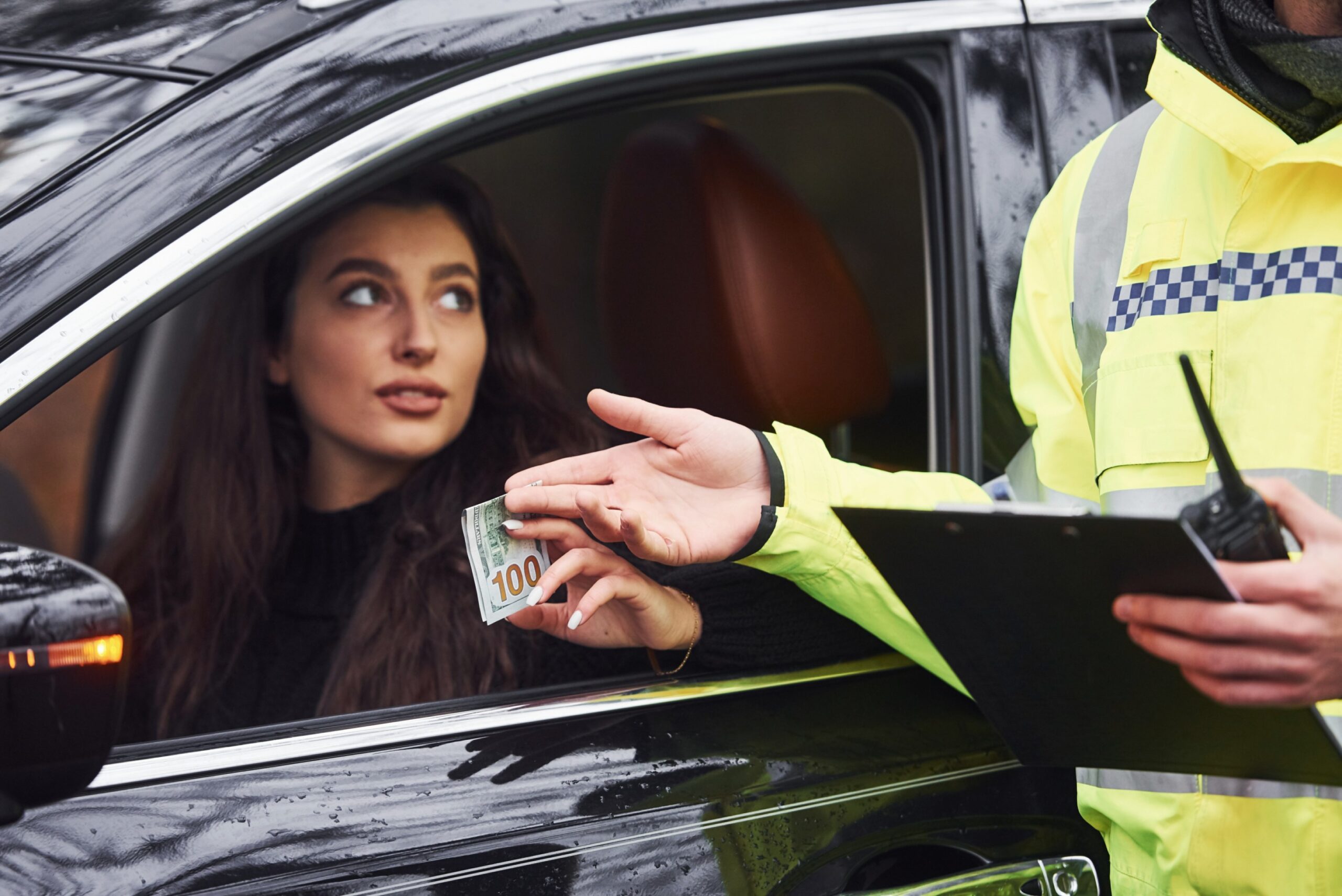Contact Us Speeding Ticket KC- A Kansas City Original For Traffic Law
The Role of Time and Distance in Kansas City Speeding Tickets

How Kansas City Police Use Time and Distance to Measure Speed
When Kansas City police issue speeding tickets, they often use radar or laser equipment. Not all speed readings, however, are from a device. Some police officers still use a method called time-distance speed measurement. Basic math—how long it takes for a vehicle to travel a known distance is how they determine the speed.
This method works well when radar or laser isn’t available. Officers can measure time with a stopwatch or by using video footage. The process follows Missouri’s traffic enforcement standards and is accepted in Kansas City courts if performed correctly.
The goal is the same—proving a driver exceeded the speed limit safely and accurately.
Understanding the Time-Distance Method
The principle behind time-distance speed measurement is basic physics: Speed = Distance ÷ Time. Police mark two fixed points on a road—such as light poles, signs, or road markings. They then clock how long it takes for a car to travel between them.
For example, if the car goes 100 feet in 1.5 seconds, the officer can calculate the speed in miles per hour. Officers often use stopwatches or digital timing devices synchronized with dash-mounted cameras. The readings are then matched with traffic rules before a citation is issued.
The method is quite common when the use of radar may be inconvenient, such as in curves, bridges, or areas with excessive traffic interference.
Legal Acceptance of Time-Distance Measures in Kansas City
The Kansas City traffic courts will accept time-distance speed evidence if the proper procedures are followed. The officer will need to prove that:
- The distance between two points was properly measured.
- The timing device used was in good condition.
- The officer was trained in this method of measurement.
Courts do require verification of the officer’s training certificates and timing records. And if any evidence is omitted, it may not be accepted in court.
However, when completed correctly, this method is considered reliable under Missouri law. It gives officers another way to verify speeding violations without the aid of radar or laser measurements.
The Human Factor in Time-Distance Calculations
Unlike radar, time-distance speed measurement is based on human observation. Training is thus essential. Kansas City officers must learn to start and stop timing at the right moments. Small timing errors will change the final speed reading significantly.
For example, if the officer starts timing a fraction of a second late, the driver’s speed may register slower. If they start early, it may register faster. That is why courts examine such cases carefully.
In spite of the human involvement, this can be a very accurate method with trained officers operating under the right conditions.
Comparing Time-Distance and Radar-Based Speed Enforcement
Radar and laser are faster and more common today, but time-distance methods still have their use. Unlike radar, which uses reflected waves, time-distance does not rely on signal strength or angles. That allows it to work well where radar would give false readings—like near big trucks or buildings.
The main difference is in equipment. Radar guns display instant speed, while time-distance is done manually. However, both methods must be used to meet Kansas City’s legal standards for accuracy.
For motorists and traffic lawyers, understanding how these devices differ helps in identifying possible defense options. Timing, distance, or procedural errors can make a ticket suspect in court.
Common Errors in Time-Distance Enforcement
Even experienced officers can make mistakes. Common issues are:
- Inaccurate distance markers: If the points of reference that are used to measure distance are not checked accurately, the calculated speed will be inaccurate.
- Timing errors: Human reaction time affects accuracy. A delay of just 0.2 seconds will change the reading by a few mph.
- Weather conditions: Rain or glare may obstruct the line of sight of the exact start or end points.
- Equipment issues: Stopwatches or dashcam timers may not be calibrated correctly.
Whenever any of these occur, a Kansas City criminal defense lawyer can contend that the measurement is unreliable.
Challenging a Time-Distance Speeding Ticket in Kansas City
Drivers can challenge a time-distance ticket by examining the officer’s evidence. It includes the measured distance, timing records, and dashcam video, if available. If there is any suggestion of human error or device malfunction, an attorney can utilize that to bring the evidence into question.
For example, if the two reference points were poorly measured or the stopwatch wasn’t calibrated, the reading can be void. Kansas City judges require absolute, provable proof that the officer went by the book from start to finish.
Traffic defense attorneys typically find procedural mistakes that can reduce or drop a speeding ticket.
The Role of Speeding Ticket KC in Time-Distance Ticket Defense
At Speeding Ticket KC, we understand how Kansas City police use time and distance to determine speeding. Our attorneys examine everything—timing accuracy, officer training, and calibration records. We attempt to find flaws that can affect your case.
Challenging a time-distance ticket involves science and law. With years of Kansas City traffic ticket experience, Speeding Ticket KC helps drivers protect their rights and driving record.
A single timing or distance error ought not to lead to higher fines and insurance premiums. Our Kansas City traffic defense lawyers work to make sure every speeding ticket is endorsed by valid and legal proof.
Frequently Asked Questions About Time and Distance Speeding Tickets in Kansas City
1. How is time-distance speed measurement done?
Officers calculate your speed by timing how long it takes to travel between two fixed points.
2. Is time-distance speed evidence admissible in Kansas City courts?
Yes. It’s admissible if the officer correctly measured distance and time and followed procedure.
3. Can I fight a time-distance speeding ticket?
Yes. A lawyer can search for timing errors, erroneous distances, or missing training records.
4. What if the officer used a stopwatch improperly?
Timing errors can change the result. In court, that can invalidate the ticket.
5. Who can help with a time-distance speeding ticket in Kansas City?
Speeding Ticket KC defends drivers charged with speeding, including time-distance speeding offenses.

